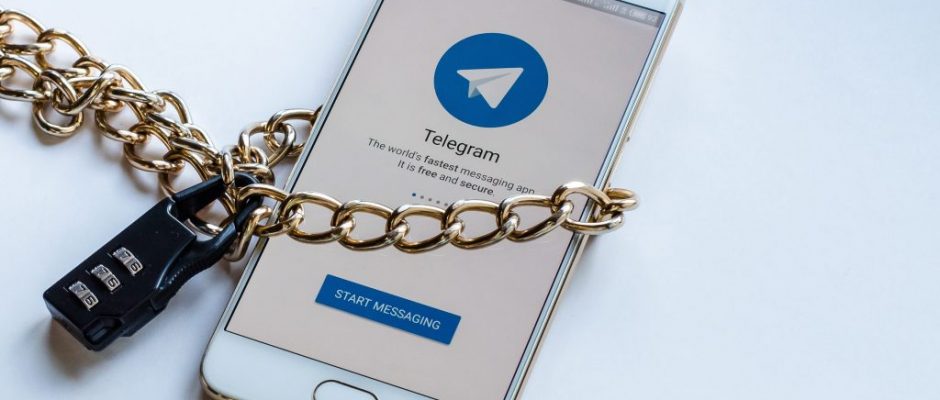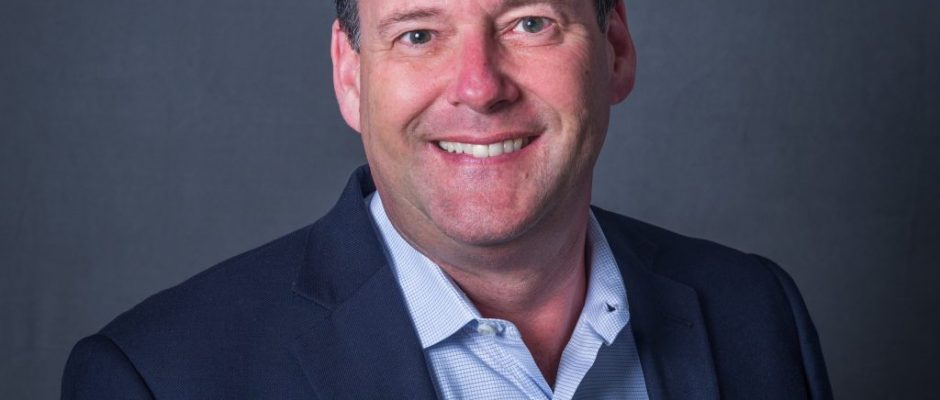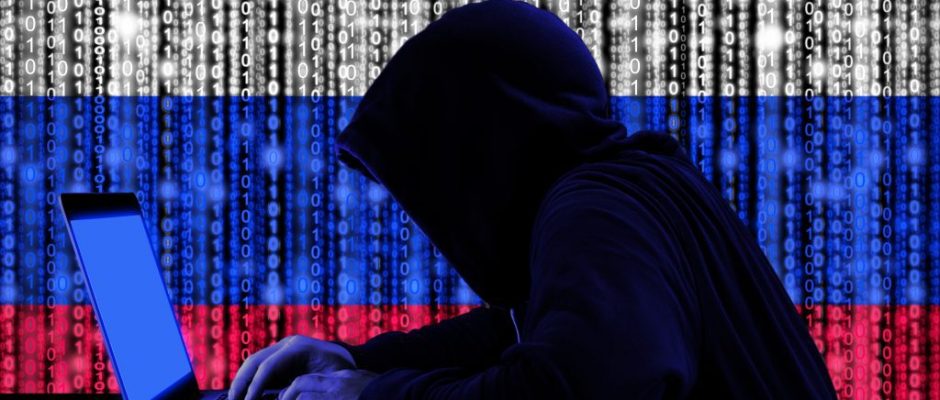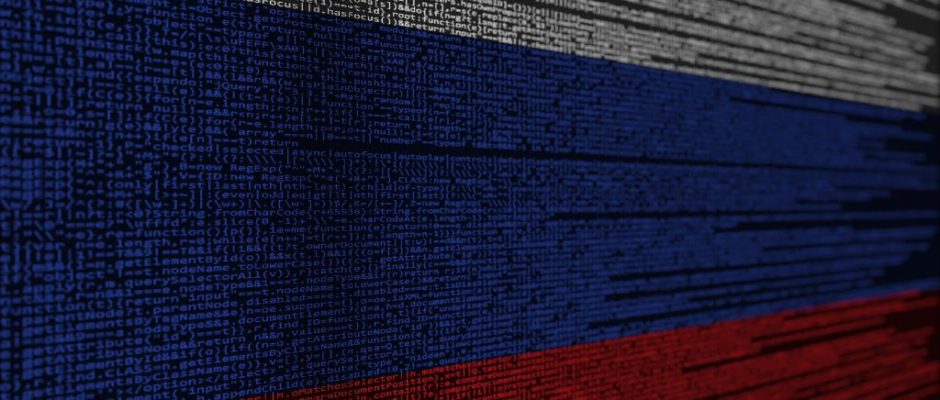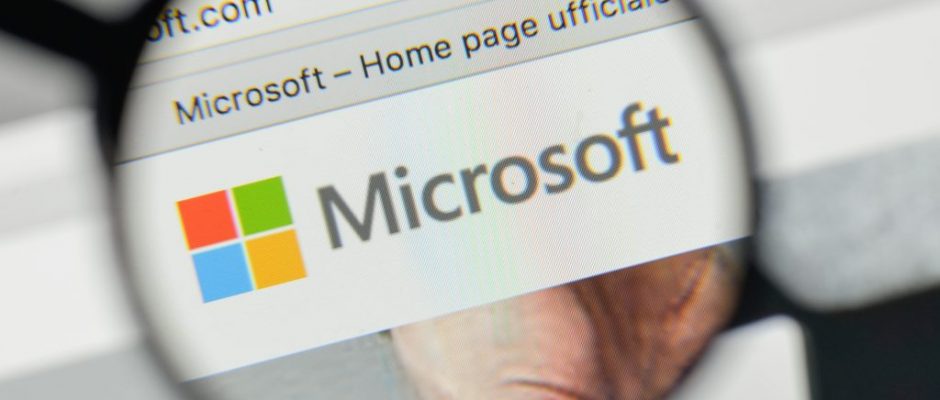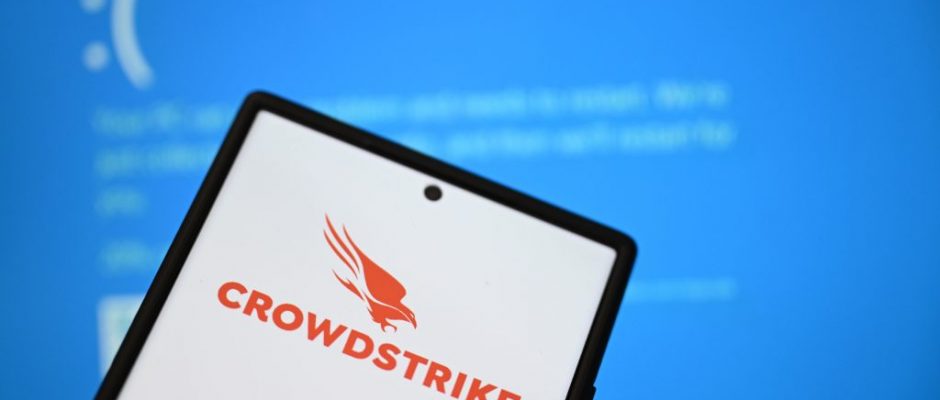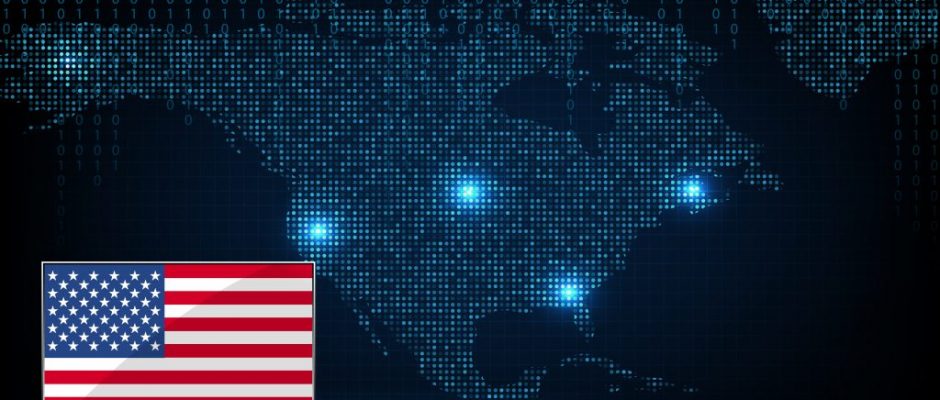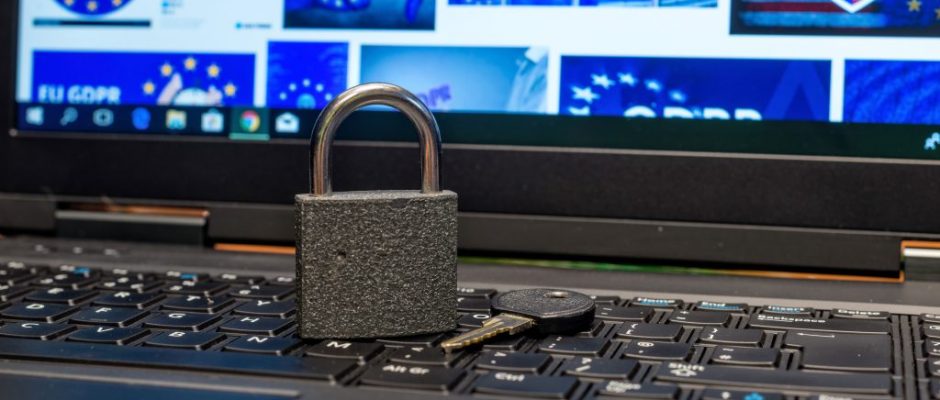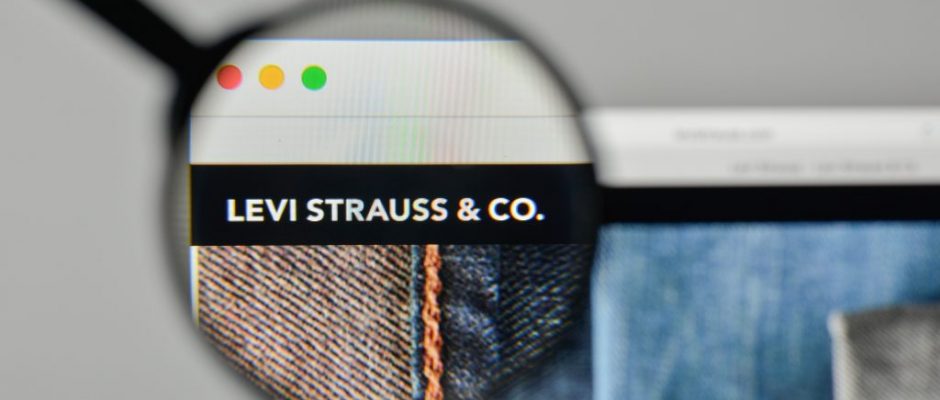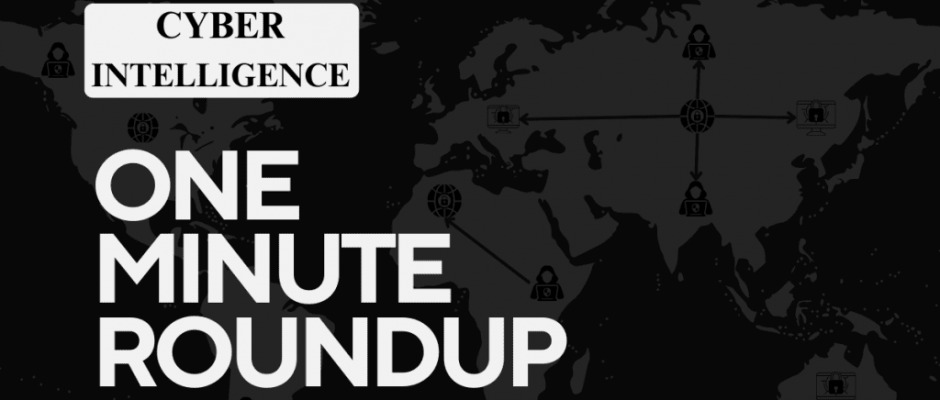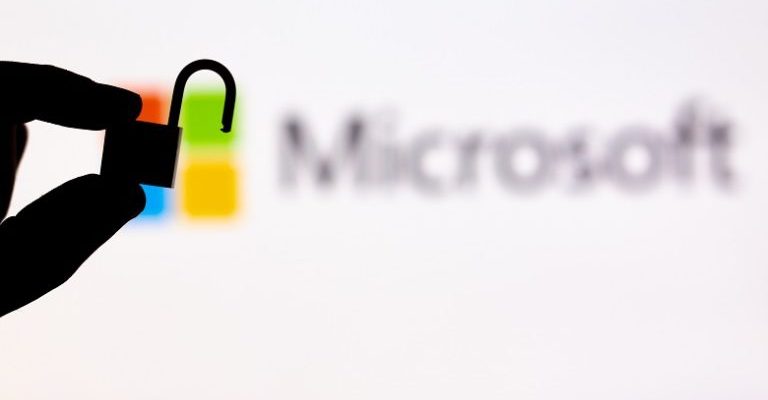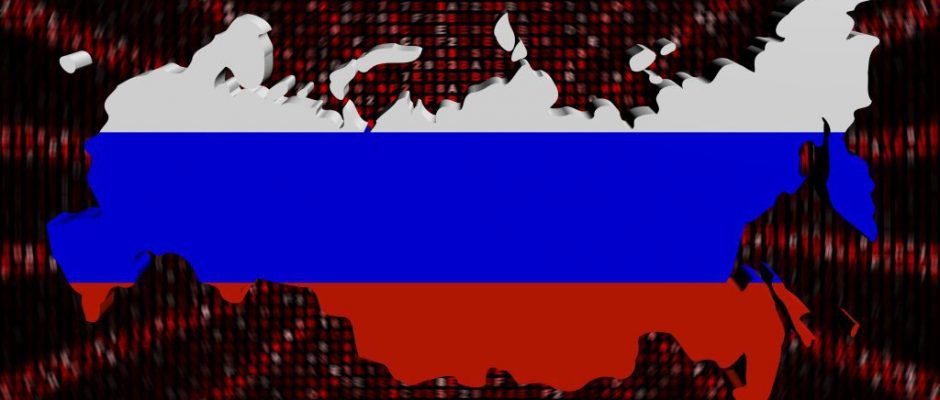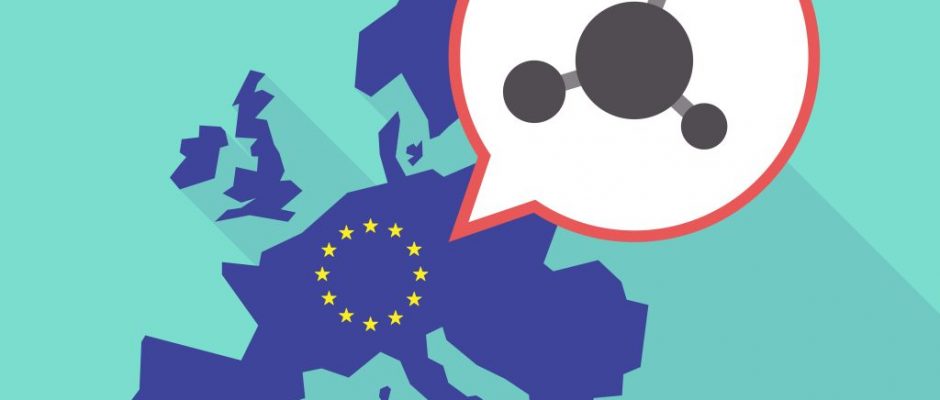Telegram chief arrested in Paris
Speculation is today mounting concerning the arrest of the popular encrypted messaging app Telegram head and founder, Pavel Durov, at Le Bourget airport north of Paris on Saturday evening. The arrest has been widely reported in France, although the authorities have yet to issue a full statement.
In the past, the French president. Emmanuel Macron and his team have been enthusiastic users of Telegram, using it to orchestrate their political strategies. But Durov’s arrest on Saturday is now being seen as part of an attempt by the UK and the European Union to curtail the reach and influence of largely unregulated communications platforms such as Telegram and X (formerly Twitter). This theory is born out of sources close to the situation, who believe that Durov will face charges of complicity in drug trafficking, crimes against children, and fraud – all allegedly stemming from a lack of moderation controls on Telegram.
